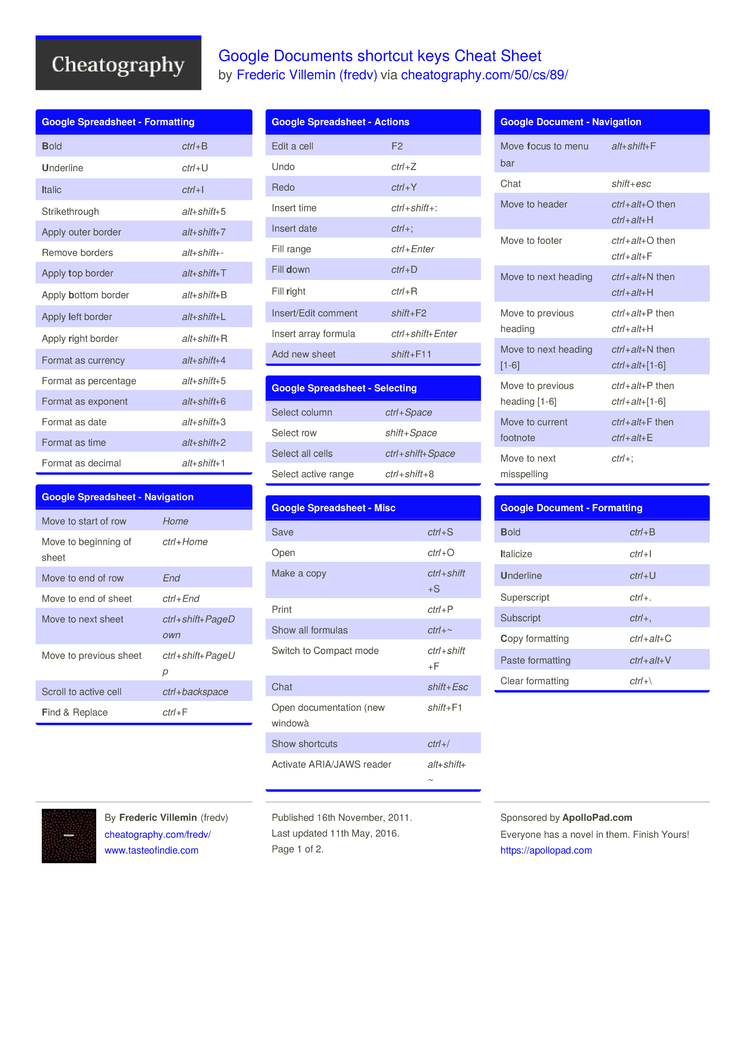

* Synchronised PDF with tex so PDF will be opened in specific location

Other editors might be more intuitive especially if you come as a Windows user.Īny editor of my choice would come with a number of features if I wanted to code LaTeX in it but the most important are: I personally haven't ended up using Emacs for LaTeX, even though it's useful for other things I sometimes do. There is a video that covers absolute basics of Emacs: The latter is available by selecting LaTeX | Read the AUCTeX manual in the menu if the AUCTeX mode is on. The former is available by selecting Help | Emacs tutorial in the menu or typing F1 followed by t. If you are new to Emacs, you should read a tutorial on Emacs itself as well as on the AUCTeX mode. I personally spent a lot of time customizing shortcuts to my liking. For example, Ctrl+A moves the point to the beginning of line instead of selecting the whole document. Emacs is notorious for its shortcuts that are different from well-established conventions both in Linux and in Windows. But obviously using a shortcut is easier. You can invoke it by typing Alt+x (usually written as M-x in Emacs documentation) and entering TeX-command-master in the minibuffer (the bottom line of the window). For example, C-c C-c runs the command TeX-command-master. Instead of typing a shortcut you can invoke a command by its name. It prompts you for the next command command, and it is sufficient to press Enter. C-c C-c means pressing Ctrl+C twice when your point (cursor) is inside the LaTeX file. You can install it as a package from inside Emacs. If you are using Emacs, then AUCTeX mode is recommended.


 0 kommentar(er)
0 kommentar(er)
